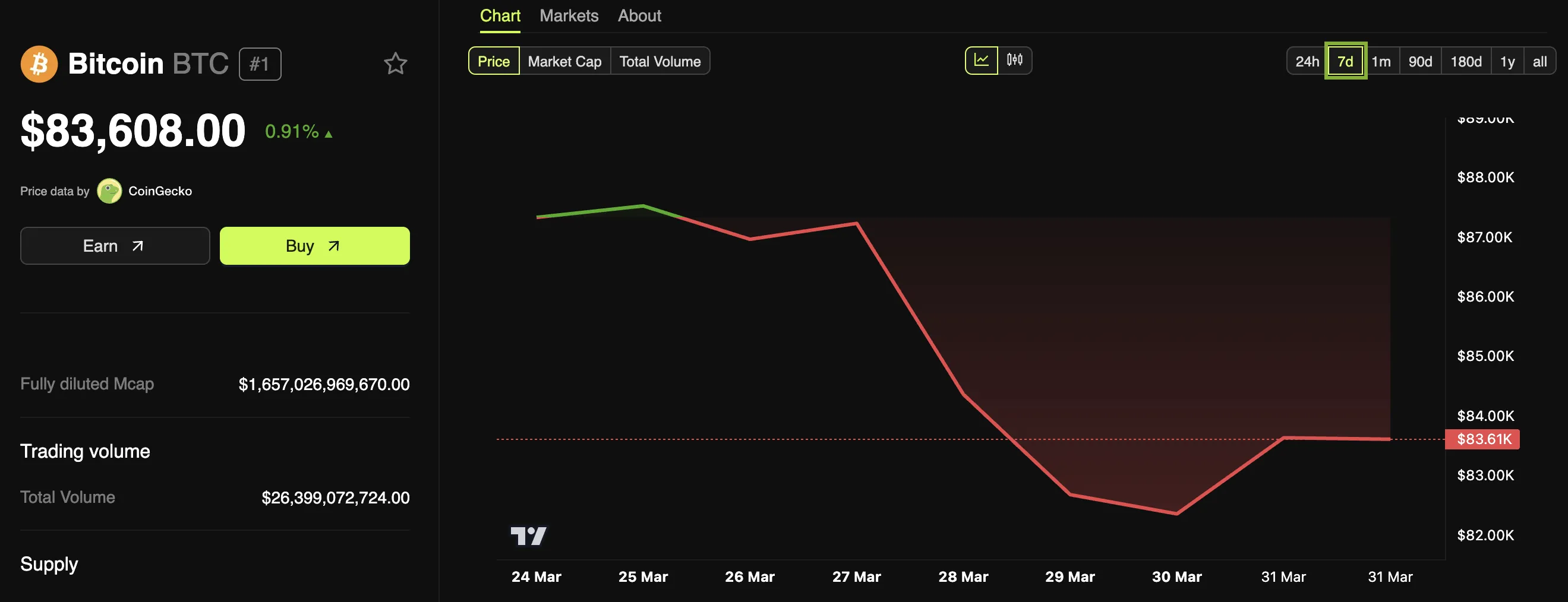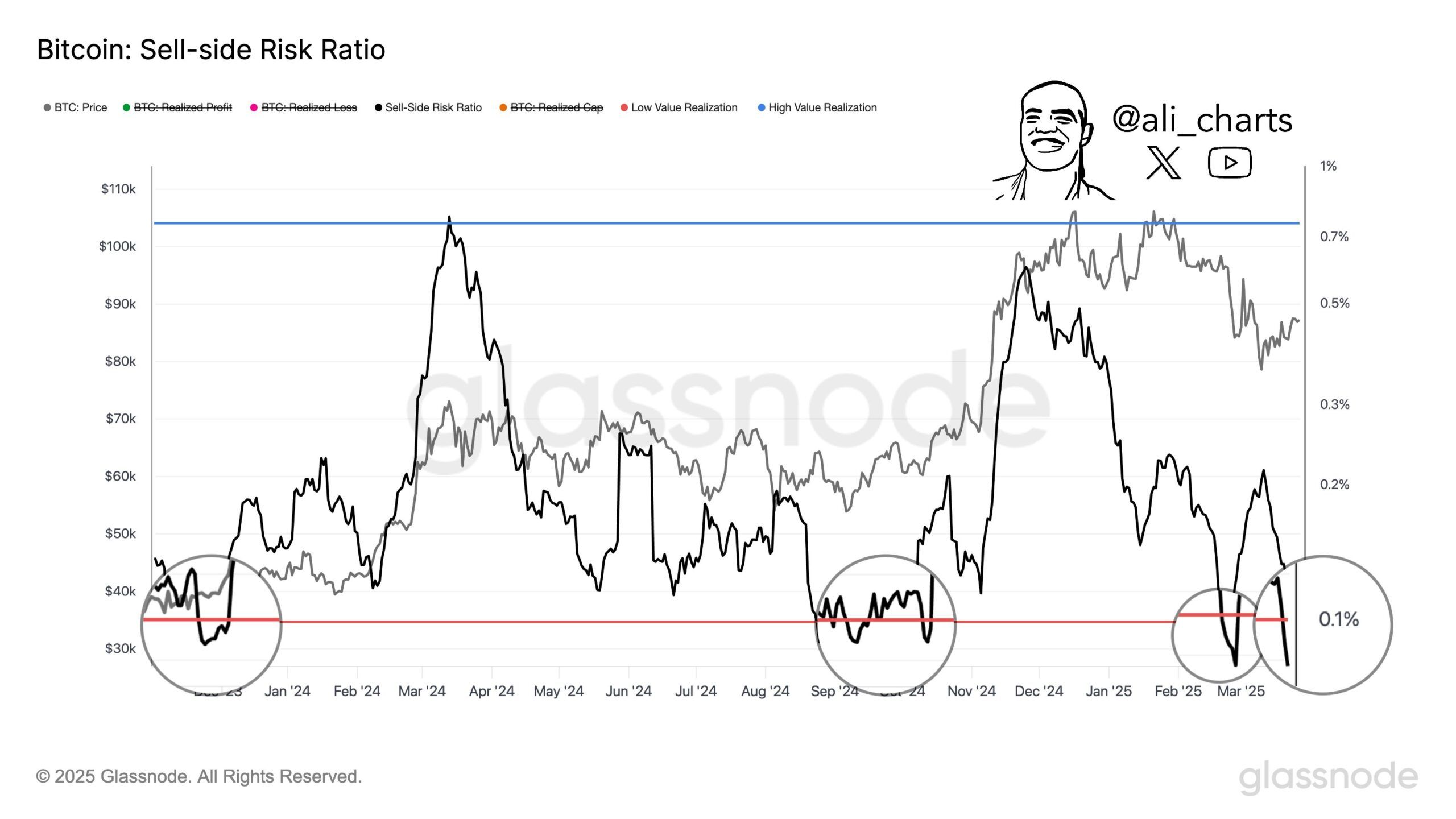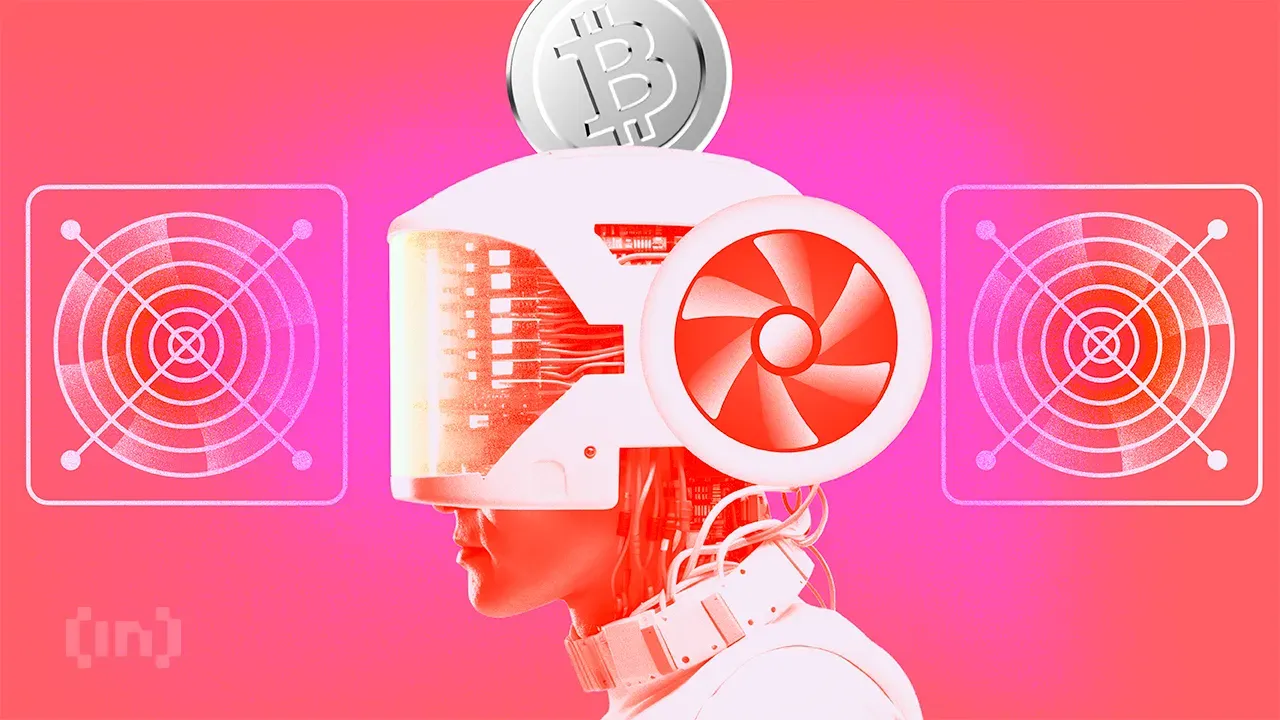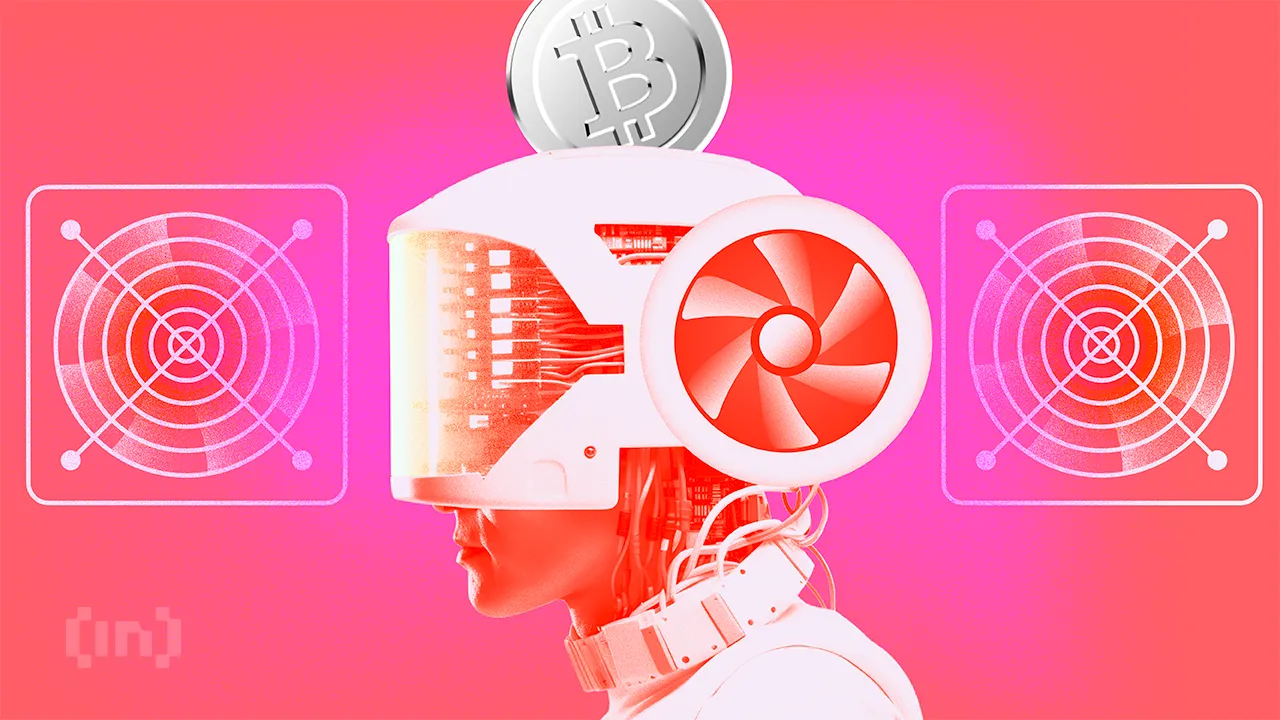Bitcoin
Bitcoin Miner Selling Intensifies, BTC Reserves Fall To 3-Year Lows

Bitcoin miners’ reserves have seen a steady decline over the past few months since the halving event in April. The latest figures indicate a massive decline to 3-year lows, signaling intense selling pressure from miners amidst fluctuating BTC prices and market volatility.
Bitcoin Miner Holdings Drop To New Lows
Before the Bitcoin halving event on April 20, market experts foresaw potential challenges for Bitcoin miners as block rewards become reduced by half. This prediction is showing true, as BTC miner holdings have witnessed a severe decline over the past few months.
According to the on-chain analytics platform CryptoQuant, Bitcoin miners’ reserves have fallen from 1.84 million BTC in the previous year to about 1.80 million BTC presently. This drop suggests that BTC miner holdings are currently at their lowest levels since Bitcoin’s Satoshi era days, which was approximately 14 years ago.
CryptoQuant also disclosed that BTC miner reserves are down 50% from previous highs, indicating an increased selling volume from miners. This selling pressure is likely induced by the increased mining operational costs as investors continue selling off their Bitcoin holdings to acquire better mining equipment to remain financially stable.
The cost of BTC mining is escalating as electricity prices rise and mining rewards reduce. The need for more efficient hardware has also become increasingly urgent in order to keep up with the complexities associated with BTC mining.
Moreover, Bloomberg reported that BTC miners stand to lose $10 billion in revenue annually, spurred on by the far-reaching effects of the Bitcoin halving cycle. This pessimistic outlook is also magnified as BTC mining hash rates reach 3-year lows after witnessing its largest crash since 2021.
Excluding miner reserves, the price of Bitcoin witnessed massive declines after the halving event in April. At the time, its trading volume plummeted significantly, suggesting a decline in investor demand and interest in the cryptocurrency.
Currently, BTC seems to be steadily approaching its all-time high, surging past the $71,000 mark earlier this week. The unexpected momentum has been partly attributed to the increased inflows from investors into Spot Bitcoin ETFs. The approval of Ethereum Spot ETFs has also had a positive impact on the price of BTC, indicating investors increasing interest in the cryptocurrency.
BTC Miners Turn To AI
Amidst Bitcoin miners dwindling reserves, many are now turning to Artificial Intelligence (AI) as a way to generate more revenue. Recently Core Scientific, a BTC mining titan, announced a 12-year collaboration with Core Weave, a specialized cloud provider and AI hyperscaler.
Core Scientific has revealed plans to support CoreWeave, expanding the relationship between the two companies in the hopes of generating more than $3.5 million in revenue over the next 12 years.
Bitcoin
Strategy Adds 22,048 BTC for Nearly $2 Billion

Michael Saylor announced that Strategy purchased nearly $2 billion worth of Bitcoin. This is a massive leap over last week’s purchase, which was already quite substantial.
Nonetheless, the firm was only able to make this acquisition thanks to major stock offerings. Bitcoin’s price has been sinking over the last few weeks, and this could mature into a potential liquidation crisis.
Strategy Maintains Bitcoin Purchases
Since Strategy (formerly MicroStrategy) began acquiring Bitcoin, it’s become one of the world’s largest BTC holders. This plan has totally reoriented the company around its massive acquisitions, inspiring other firms to take up the same plan.
Today, the firm’s Chair, Michael Saylor, announced another purchase, much larger than the last few.
“Strategy has acquired 22,048 BTC for ~$1.92 billion at ~$86,969 per bitcoin and has achieved BTC Yield of 11.0% YTD 2025. As of 3/30/2025, Strategy holds 528,185 BTC acquired for ~$35.63 billion at ~$67,458 per bitcoin,” Saylor claimed via social media.
Strategy’s latest Bitcoin acquisition, worth just shy of $2 billion, is a major commitment. In February, the firm made a similar $2 billion purchase, and it was followed by a tiny $10 million buy and a $500 million one. The $500 million purchase, which took place on March 24, only happened thanks to a huge new stock offering. This move further cements Strategy’s faith in BTC.
By making these billion-dollar buys, Strategy is able to buttress the entire market’s confidence in Bitcoin. However, investors should be aware of a few potential cracks.
First of all, Bitcoin’s performance is a little subpar at the moment. Despite hitting an all-time high recently, Bitcoin is having its worst quarter since 2019, and there is not much forward momentum.

This could cause a unique problem for the company. Since Strategy is a cornerstone of market confidence, it is unable to offload its assets without jeopardizing Bitcoin’s price.
The firm’s debts are growing at a fast rate, and this could have dangerous implications if Bitcoin keeps falling. Strategy could be forced to liquidate, even if that seems unlikely now.
Still, it’s important to remember that these are only possible scenarios. Strategy has maintained its consistent Bitcoin investments for nearly five years, and it’s paid off tremendously well. However, if it keeps taking on billions in fresh debt obligations, this faith will turn into a gamble with very high stakes.
Disclaimer
In adherence to the Trust Project guidelines, BeInCrypto is committed to unbiased, transparent reporting. This news article aims to provide accurate, timely information. However, readers are advised to verify facts independently and consult with a professional before making any decisions based on this content. Please note that our Terms and Conditions, Privacy Policy, and Disclaimers have been updated.
Bitcoin
BTC Price Rebound Likely as Long-Term Holders Reenter Market

Bitcoin (BTC) is on track to end Q1 with its worst performance since 2019. Without an unexpected recovery, BTC could close the quarter with a 25% decline from its all-time high (ATH).
Some analysts have noted that experienced Bitcoin holders are shifting into an accumulation phase, signaling potential price growth in the medium term.
Signs That Veteran Investors Are Accumulating Again
According to AxelAdlerJr, March 2025 marks a transition period where veteran investors move from selling to holding and accumulating. This shift is reflected in the Value Days Destroyed (VDD) metric, which remains low.
VDD is an on-chain indicator that tracks investor behavior by measuring the number of days Bitcoin remains unmoved before being transacted.
A high VDD suggests that older Bitcoin is being moved, which may indicate selling pressure from whales or long-term holders. A low VDD suggests that most transactions involve short-term holders, who have a smaller impact on the market.

Historically, low VDD periods often precede strong price rallies. These phases suggest that investors are accumulating Bitcoin with expectations of future price increases. AxelAdlerJr concludes that this shift signals Bitcoin’s potential for medium-term growth.
“The transition of experienced players into a holding (accumulation) phase signals the potential for further BTC growth in the medium term,” AxelAdlerJr predicted.
Bitcoin’s Sell-Side Risk Ratio Hits Low
At the same time, analyst Ali highlighted another bullish indicator: Bitcoin’s sell-side risk ratio had dropped to 0.086%.

According to Ali, over the past two years, every time this ratio fell below 0.1%, Bitcoin experienced a strong price rebound. For example, in January 2024, Bitcoin surged to a then-all-time high of $73,800 after the sell-side risk ratio dipped below 0.1%.
Similarly, in September 2024, Bitcoin hit a new peak after this metric reached a low level.
The combination of veteran investors accumulating Bitcoin and a sharp decline in the sell-side risk ratio are positive signals for the market. However, a recent analysis from BeInCrypto warns of concerning technical patterns, with a death cross beginning to form.
Additionally, investors remain cautious about potential market volatility in early April. The uncertainty stems from President Trump’s upcoming announcement regarding a major retaliatory tariff.
Disclaimer
In adherence to the Trust Project guidelines, BeInCrypto is committed to unbiased, transparent reporting. This news article aims to provide accurate, timely information. However, readers are advised to verify facts independently and consult with a professional before making any decisions based on this content. Please note that our Terms and Conditions, Privacy Policy, and Disclaimers have been updated.
Bitcoin
Marathon Digital to Sell $2 Billion in Stock to Buy Bitcoin


Marathon Digital Holdings, one of the largest Bitcoin mining companies in the US, made headlines with its announcement of a $2 billion stock offering to increase its Bitcoin holdings.
This strategic move, detailed in recent SEC filings, shows Marathon’s aggressive approach to capitalize on the growing crypto market.
Marathon’s $2 Billion Stock Offering: Key Details
On March 30, 2025, Marathon Digital Holdings announced a $2 billion at-the-market (ATM) stock offering to fund its strategy of acquiring more Bitcoin. The company filed a Form 8-K with the SEC, outlining its plan to raise capital through the sale of shares, with the proceeds primarily aimed at increasing its Bitcoin holdings.
According to the SEC filing (Form 424B5), Marathon intends to use the funds for “general corporate purposes,” which include purchasing additional Bitcoin and supporting operational needs.
Marathon holds 46,376 BTC, making it the second-largest publicly traded company in Bitcoin ownership, behind MicroStrategy. The company’s Bitcoin holdings have grown significantly in recent years, from 13,726 BTC in early 2024 to the current figure.
“We believe we are the second largest holder of bitcoin among publicly traded companies. From time to time, we enter into forward or option contracts and/or lend bitcoin to increase yield on our Bitcoin holdings.” Marathon confirmed
This $2 billion stock offering continues Marathon’s strategy to bolster its balance sheet with Bitcoin, a move that aligns with its long-term vision of leveraging cryptocurrency as a store of value.
Marathon’s strategy mirrors that of MicroStrategy. MicroStrategy’s stock price has soared with Bitcoin’s value, providing a blueprint for companies like Marathon to follow. By increasing its Bitcoin holdings, Marathon aims to position itself as a leader in the crypto mining sector while diversifying its revenue streams beyond traditional mining operations.
Marathon Digital CEO Fred Thiel advises investing small amounts in Bitcoin monthly, citing its consistent long-term growth potential.
The issuance of new shares to raise $2 billion could dilute the ownership of existing shareholders, potentially impacting the company’s stock price (MARA). As of March 31, 2025, MARA stock has experienced volatility, trading at around $12.47 per share, down from a 52-week high of $24, according to data from Yahoo Finance.
Moreover, Marathon’s heavy reliance on Bitcoin exposes it to the cryptocurrency’s price fluctuations. If Bitcoin’s price were to decline significantly, the value of Marathon’s holdings would decrease, potentially straining its financial position.
Disclaimer
In adherence to the Trust Project guidelines, BeInCrypto is committed to unbiased, transparent reporting. This news article aims to provide accurate, timely information. However, readers are advised to verify facts independently and consult with a professional before making any decisions based on this content. Please note that our Terms and Conditions, Privacy Policy, and Disclaimers have been updated.























